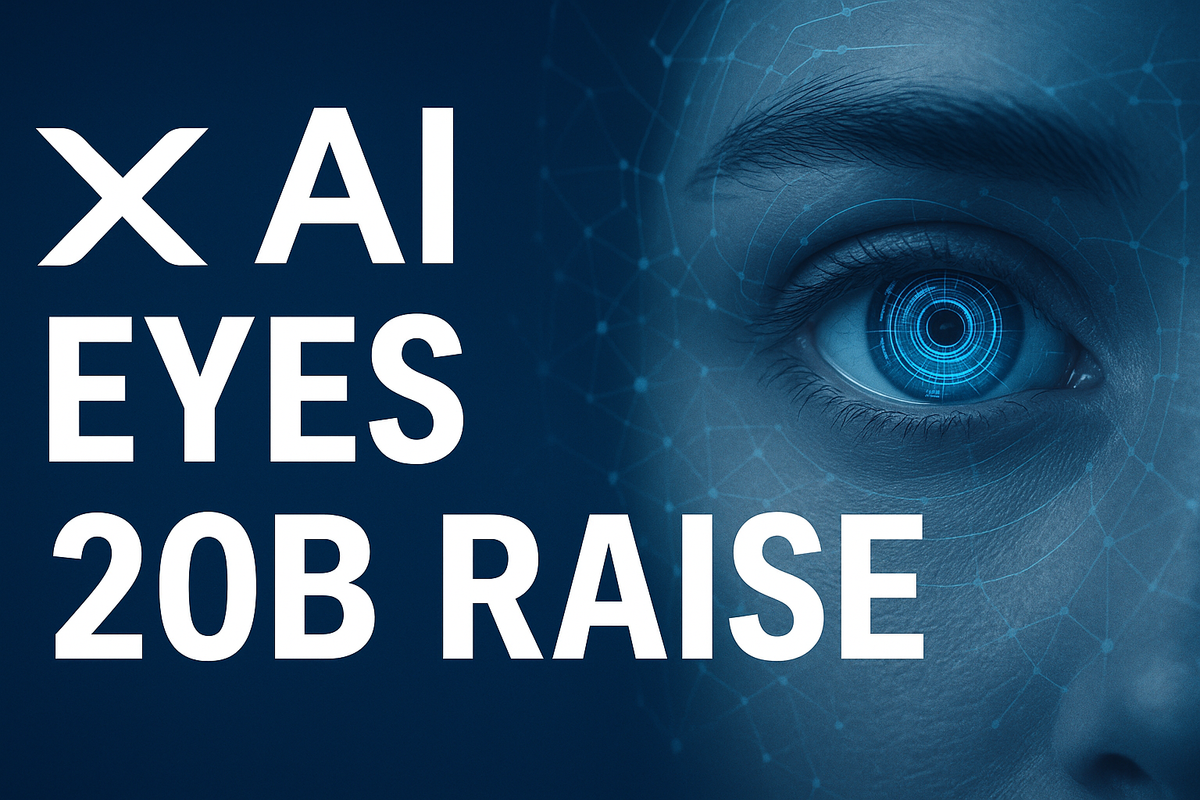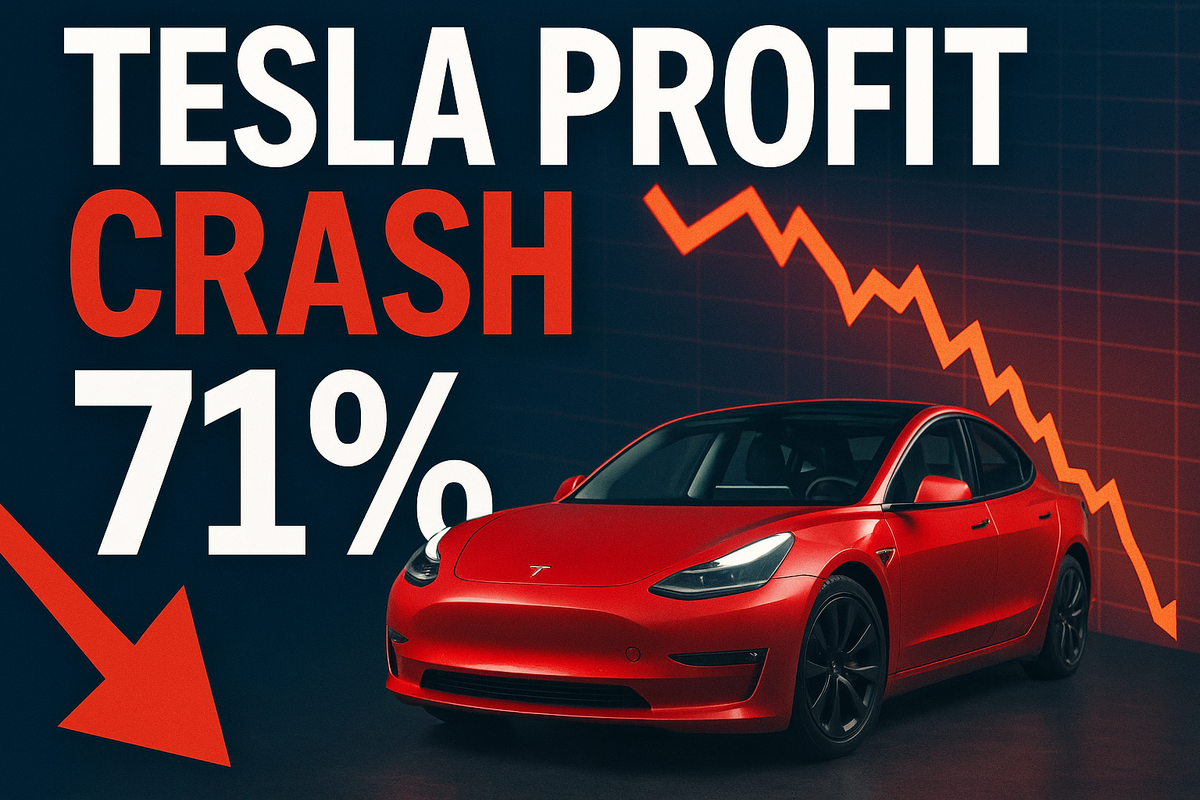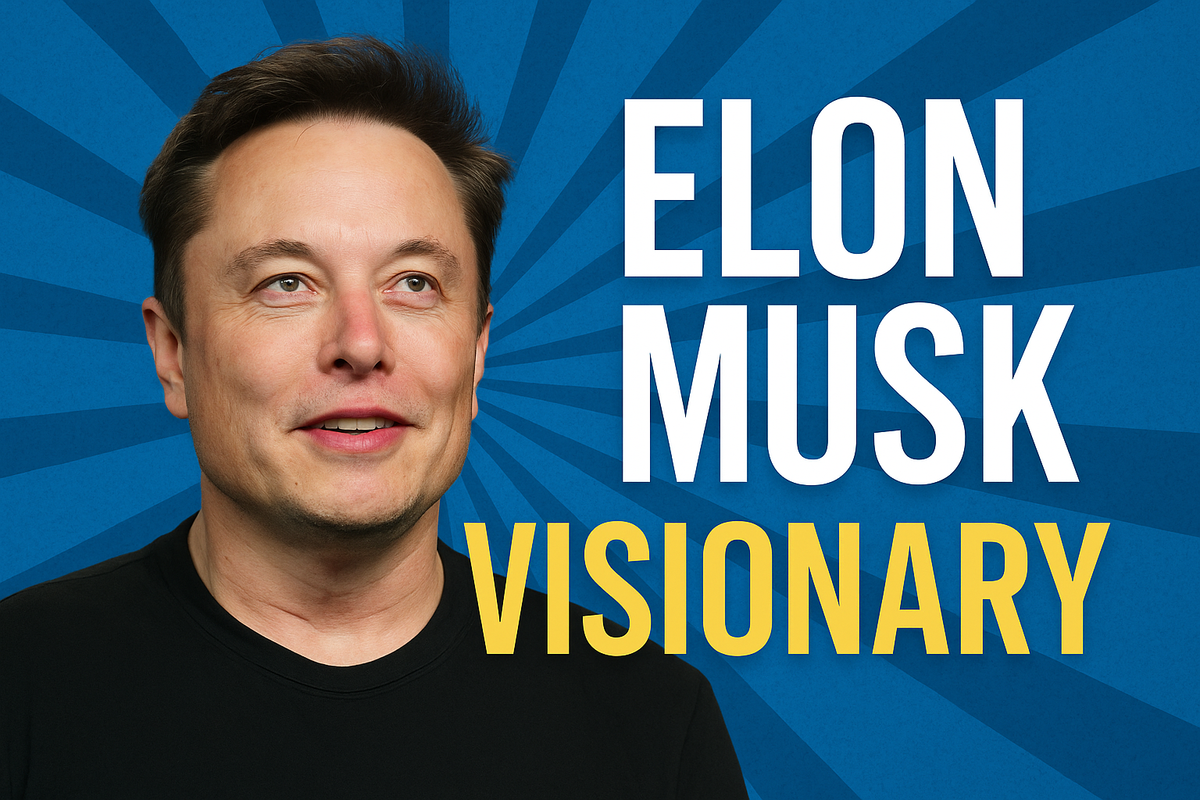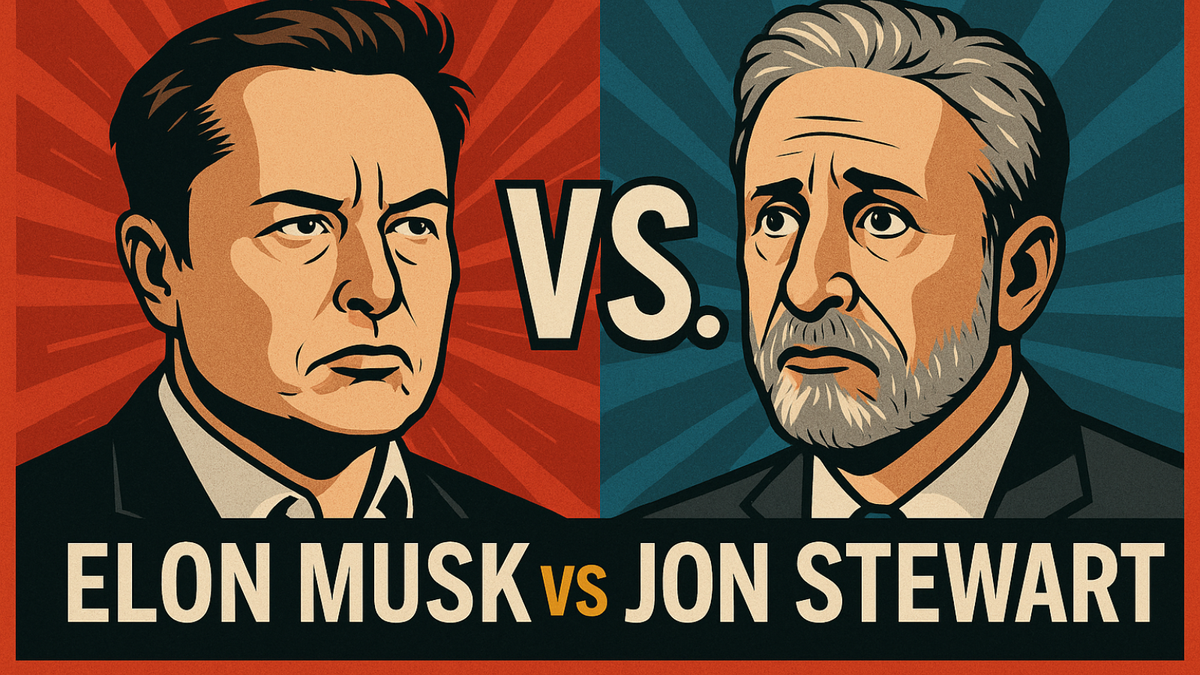Can Elon Musk’s Neuralink Chip Really Change Lives—Or Is It Just Hype?
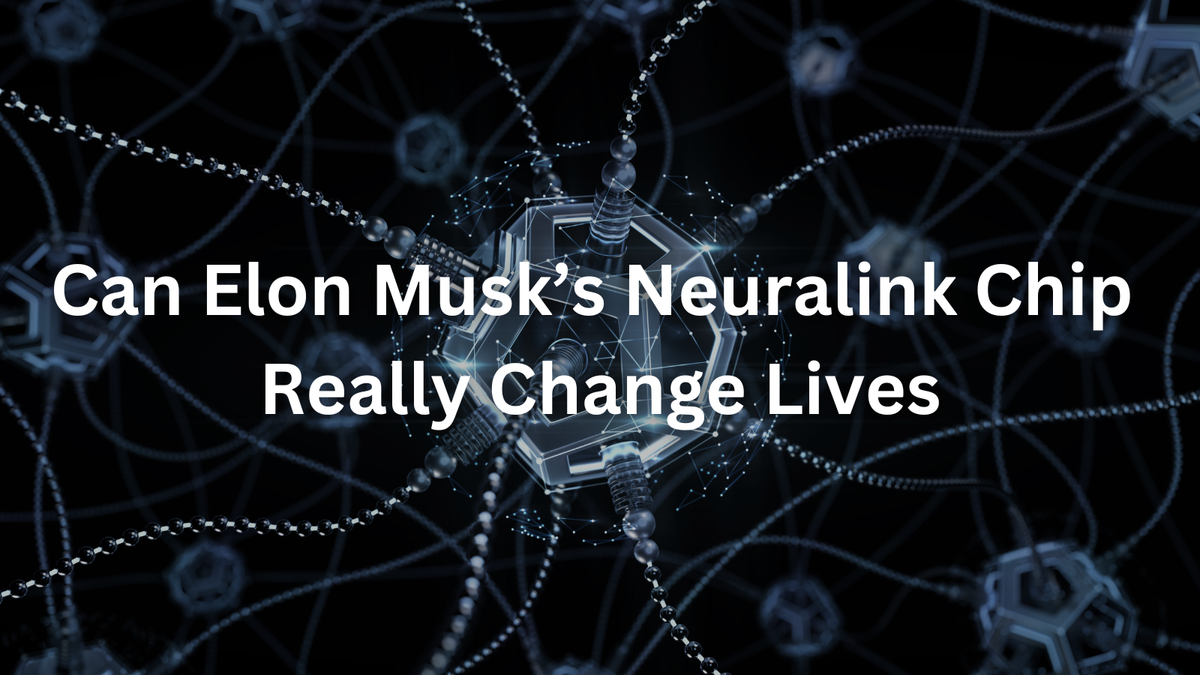
The mind-reading chip that’s redefining human potential
When Noland Arbaugh became the first human to control a computer with his thoughts via Neuralink’s brain implant, it sparked both awe and skepticism. While Elon Musk’s involvement guarantees headlines, the real story is how this technology could revolutionize lives for millions—if we can overcome its ethical and technical hurdles. Let’s dive in.
💡 Who Could This Technology Save?
Neuralink’s brain-computer interface (BCI) isn’t just about playing chess with your mind. It’s a lifeline for people with severe physical limitations:
- Paralysis patients like Noland, whose diving accident left him unable to move below the shoulders, could regain independence through thought-controlled wheelchairs or robotic limbs.
- ALS patients, who lose muscle control but retain cognitive function, could communicate using digital devices instead of being trapped in their bodies.
- Stroke survivors with locked-in syndrome might finally break through their physical isolation.
- Those with spinal cord injuries or neurodegenerative diseases like Parkinson’s could bypass damaged neural pathways.
But there’s a catch: Upgradability. Unlike your smartphone, brain implants can’t be casually swapped. Noland’s Neuralink chip is part of a 6-year study—what happens when newer models emerge? Will patients need risky surgeries every few years?

✅ The BCI Revolution Is Already Here
Neuralink isn’t alone in this race. Companies are pushing boundaries with less invasive approaches:
- Neuralink’s N1 Implant: Uses 1,024 electrodes to detect neuron activity. Noland now plays Civilization VI and chess at near-normal speed.
- Synchron’s Stentrode: Installed via blood vessels, avoids open-brain surgery. User Mark controls Apple’s Vision Pro headset to "travel" virtually.
- Blackrock Neurotech: Their implants helped a paralyzed artist draw again using a robotic arm.
Key milestones:
- ✅ Neuralink raised $205M in 2023 to scale human trials
- ✅ Synchron’s FDA approval for clinical trials in 2022
- ✅ 10+ patients globally already using BCIs daily
⚠️ Ugly Truths Behind the Sci-Fi Promise
For all its potential, BCIs face massive challenges:
- 🚧 Privacy Nightmares: "Once brain data is accessible, there’s no privacy left," warns Prof. Anil Seth. Hackers could theoretically steal thoughts or manipulate emotions.
- 🚧 Invasive Surgery Risks: Neuralink requires skull drilling—a 2022 monkey trial faced allegations of animal cruelty. Even Synchron’s "minimally invasive" approach carries stroke risks.
- 🚧 Upgradability Limbo: Noland’s implant partially disconnected weeks after surgery. Software patches fixed it—but hardware can’t be updated without new surgery.
As Noland admits: "If something terrible happened, I knew they’d learn from it." Early adopters are effectively beta-testers with their lives.
🚀 Final Thoughts: Will This Succeed?
BCIs could be as transformative as the internet, but only if:
- ✅ Adoption accelerates safely: 2.8M Americans live with paralysis—even helping 10% would be revolutionary.
- ✅ Upgradability improves: Wireless updates or modular hardware could prevent obsolescence.
- ✅ Privacy frameworks emerge: Brain data needs stronger protections than HIPAA.
Neuralink’s flashy demo hides the messy reality: This is Generation 1 of a technology that could take decades to perfect. But as Noland shows, for those trapped by their bodies, even imperfect freedom is worth fighting for. What do you think—would you risk a brain chip for a second chance at independence? Let's discuss on X(Former Twitter)
Sources: Lara Lewington, Liv McMahon & Tom Gerken. The man with a mind-reading chip in his brain - thanks to Elon Musk, BBC News, 2024-03-23.


